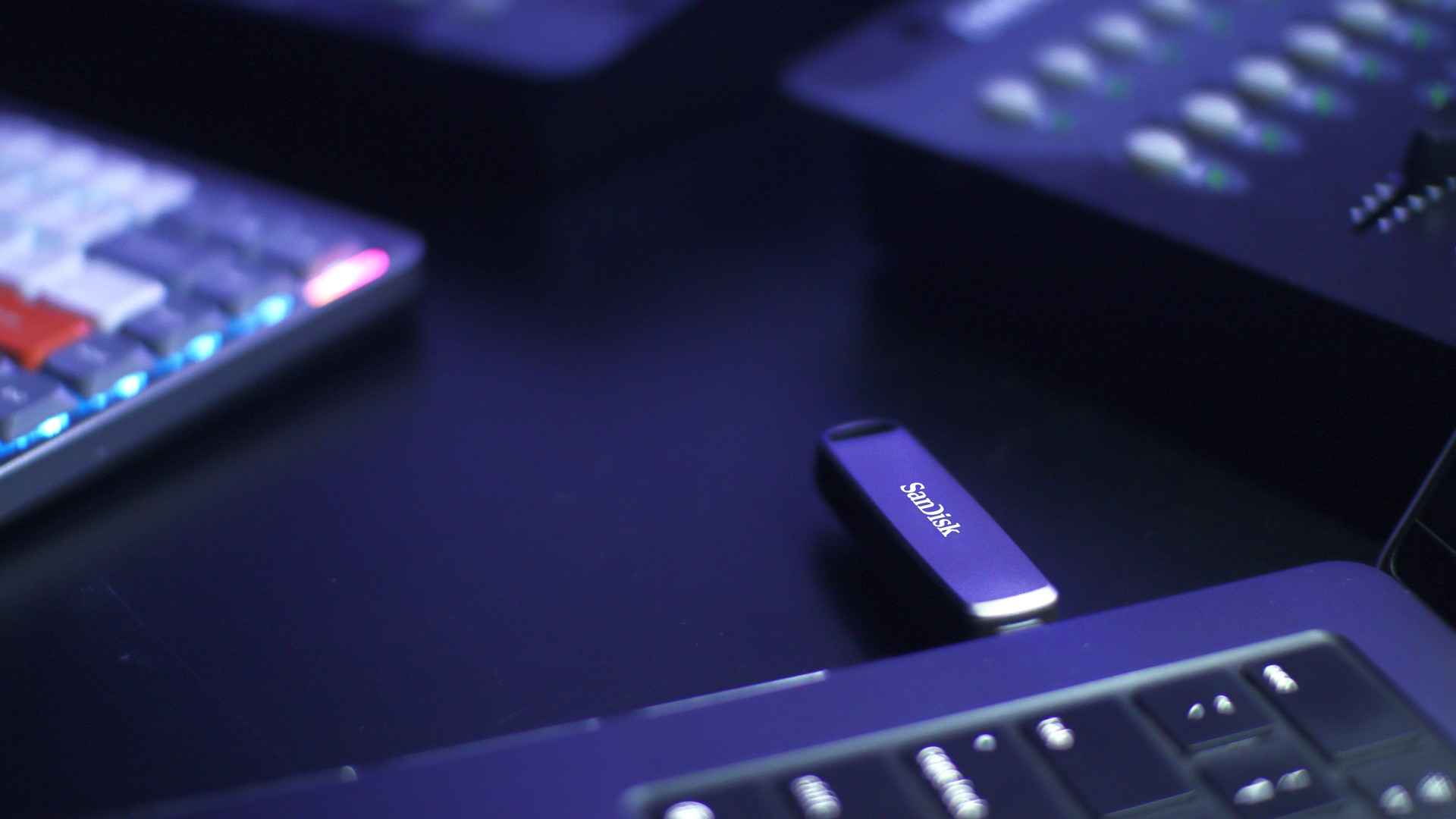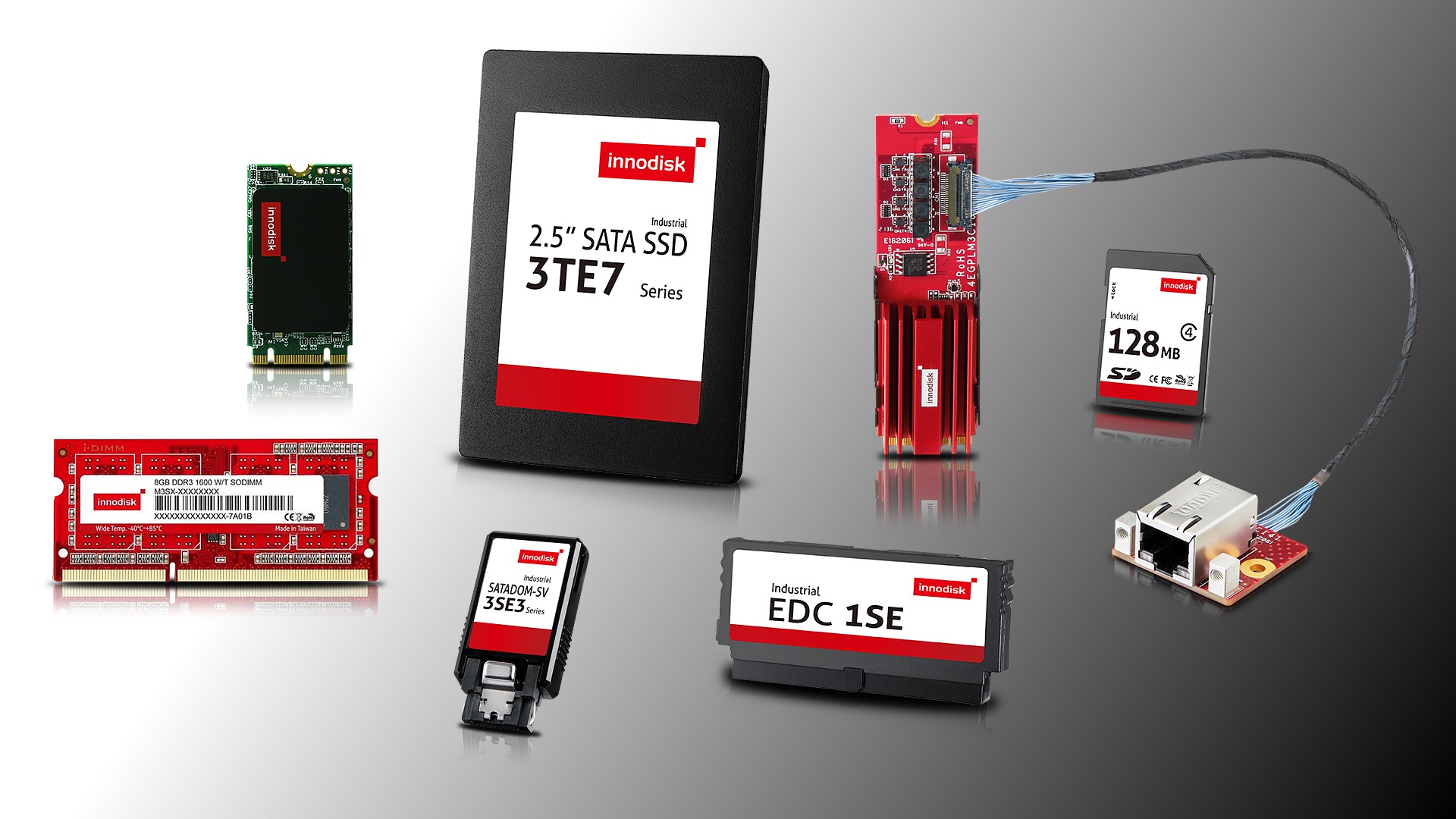SanDisk reportedly jacks up flash prices by 50% as memory makers cash in on AI-fueled demand
This move underscores a rapidly tightening memory market, affecting both flash and DRAM.

SanDisk has reportedly raised its NAND flash contract prices by a staggering 50% for November, according to DigiTimes Asia. This move underscores a rapidly tightening memory market, driven by both unrelenting demand from AI data centers as well as tightly constrained wafer supply.
The report cites market sources who say SanDisk's pricing update sent a shockwave through the storage supply chain, prompting module makers such as Transcend, Innodisk, and Apacer Technology to pause shipments and re-evaluate quotes. Transcend, in particular, suspended quoting and deliveries starting November 7, anticipating "continued favorable market conditions." Translation: "prices are likely going higher before they settle down."
If you want a snapshot of just how hot the memory business has gotten, look at the numbers:
- Transcend reported consolidated Q3 2025 revenue of NT$4.11 billion (US$133 million) — up 27% quarter-over-quarter and 63% year-on-year — with gross margins hitting a beefy 45%. Net profit soared 334% year-on-year.
- Innodisk apparently saw revenue climb 64% year-on-year to NT$3.8 billion (US$123 million), with net profit up nearly 250%.
- Apacer Technology seemingly wasn't left behind either, raking in NT$3.22 billion (US$104 million) in the third quarter, up 70% from a year ago.
All three credited their performance to the supply concentration at wafer fabs, which are prioritizing the production of high-margin DRAM, such as DDR5 and HBM (High Bandwidth Memory), for AI servers and high-performance computing gear. The catch: older DDR4 products — still essential for industrial and enterprise systems — are now in shorter supply, further inflating prices downstream.
It's the same story we've seen across the chip industry all year: AI workloads are sucking the air out of the room. Fabs are dedicating more lines to cutting-edge memory for GPUs and accelerators, leaving commodity segments like consumer SSDs, embedded modules, and mainstream DDR4 short. The result? A structural shortage that's boosting profits for memory vendors while leaving OEMs and end-users scrambling. DigiTimes notes that Transcend expects "upward momentum" in the market to persist as companies balance price hikes with limited production capacity.
If you were thinking about upgrading your rig or expanding your data center capacity, it might be time to pull the trigger sooner rather than later. Between SanDisk's NAND flash hikes and ongoing DRAM shortages, prices across SSDs and memory modules are trending only one way, and it's not down. History suggests that when memory makers smell profit, they don't rush to expand supply overnight. With AI still chewing through every spare chip the industry can make, this shortage could stretch well into 2026 — unless the AI bubble abruptly pops, but then our economy will have bigger things to worry about.

Follow Tom's Hardware on Google News, or add us as a preferred source, to get our latest news, analysis, & reviews in your feeds.
Get Tom's Hardware's best news and in-depth reviews, straight to your inbox.

Zak is a freelance contributor to Tom's Hardware with decades of PC benchmarking experience who has also written for HotHardware and The Tech Report. A modern-day Renaissance man, he may not be an expert on anything, but he knows just a little about nearly everything.
-
Dr3ams I just ordered a 512 GB Samsung Pro Plus microSD with the USB adapter for 50.- Euros. I wanted to get it before the price doubles. I gave the one I had to my wife for her cell phone. The transfer rates on that card are really good.Reply -
Notton Sandisk is definitely agile now.Reply
https://www.tomshardware.com/pc-components/storage/western-digital-separates-wdcom-and-sandiskcom-websites-split-between-hdd-and-ssd-product-categories
I forgot where I read it, but reportedly NAND and DRAM prices are expected to increase by 50% in Q4/25, and another 50% in Q1/26.
Who knows what Q2/26 will bring. -
Moxylite We have passed the 'corner the market' phase, and are now headed into 'jack up the price'.~! When did street drugs become a better value than simple consumer electronics?Reply -
George³ Reply
Peoples must burst this bubble. Passive waiting not work.magbarn said:Everyday I pray for the Ai bubble to burst.... -
bmtphoenix Why is no one talking about Microsoft's role here? It can't be coincidence that prices spiked after Windows 11 put the final nail in the coffin for DD3, and nudged many others to go from older DDR4 platforms to a DDR5 platform when they otherwise wouldn't have bothered for years yet. All just to keep using Windows, even though most people were fine on 10 and didn't really want to go to 11 (heh).Reply
There must be troves of working DDR4 memory in the landfills right now because I highly doubt most people harvested it from their old non-11 machines.
Before you start, save the "but Linux" proselytisation . Nobody is going to go, "Oh, okay!" The masses are not interested. -
JayGau It can’t keep going like this for very long. Computers are a big part of our lifes now, our society needs them to be functional. AI data centers sucking up everything, leaving just crumbs at insane prices for everybody else will sure lead to a collapse.Reply
When small companies will have to spend 5000$ for a very basic office desktop, and people will have to spend 500$ to replace a dead 1 TB drive that cost them 60$ a few years back, the bricks will start crumbling. For the moment, only gamers and tech enthusiasts really feel it, but at some point it's going to be a much wider problem. We are no longer only talking about graphics cards for gamers, we are talking about components that are needed in every computer.
